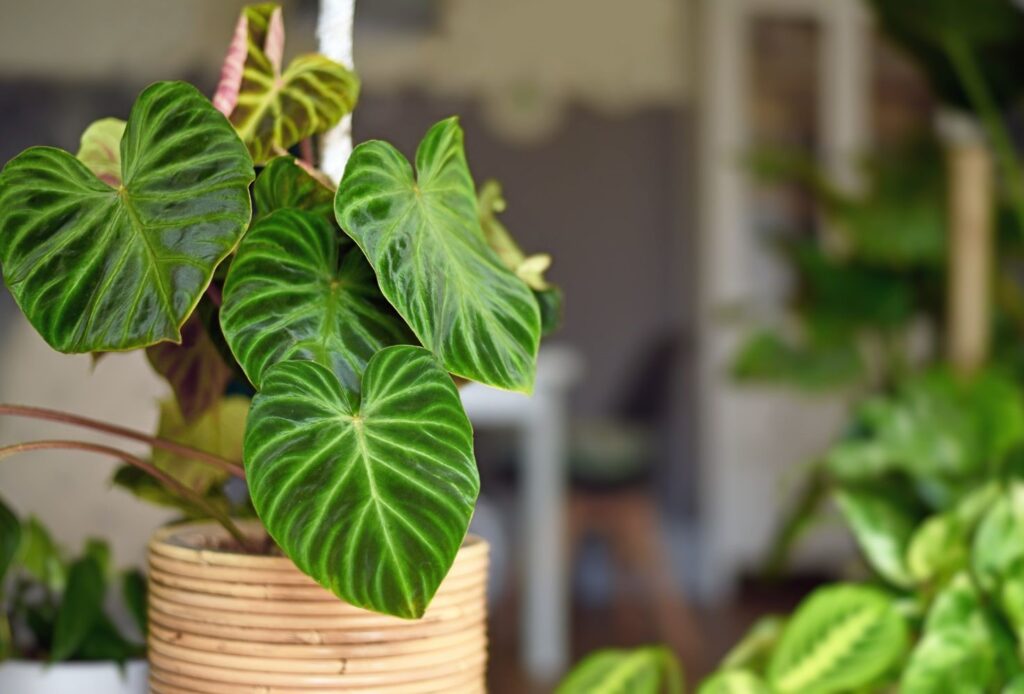Succulents, Monstera, Ficus or Philodrendron – in addition to their beautiful appearance, houseplants also have a positive effect on our well-being. They make rooms cozy, filter oxygen and thus purify our air. According to studies, the improved indoor climate even increases our mental abilities and boosts our daily energy levels.
The potted plant market is booming and international plant cultivation has been a profitable business for many years. Millions of posts about houseplants can also be found on Instagram under the hashtag #urbanjungle and numerous influencers like to pose with aloe vera, hemp and other greenery in their homes.

Green and global - but also sustainable?
More and more people are following the plant hype and buying green plants in huge quantities. In the vast majority of cases, however, tropical houseplants are imported from far away and their origin is often not transparent or traceable for consumers. In principle, every plant is given an EU plant passport, but only the last country in which relevant measures were carried out must be stated on it. The country of origin of the seed is not stated. For example, it can happen that cuttings from African countries are first grown in a European country such as the Netherlands and then sold on to other countries. Although cultivation in countries of the global South is climatically more optimal for the plants, they also need sufficient water, which is often not available there. The plants require a lot of artificial fertilizers and pesticides in the initial phase and further cultivation is often carried out in energy-intensive greenhouses.
Tips for sustainable and regional houseplants
1. Second hand instead of buying new
Second-hand plants are a wonderful way to source plants sustainably and regionally. On platforms such as Willhaben or at plant swap events in your region, you have the opportunity to get really beautiful and large plants for a reasonable price.
2. Do it yourself-projects for your home
If you like to decorate your home with lots of plants and want to effortlessly bring life to boring corners of your home, you can easily propagate your plants yourself using cuttings and cuttings. It is also possible to divide plants if they get too big and need to be repotted. These options save you a lot of money, as buying new large plants is often expensive. It also reduces the need for new plants and avoids packaging waste. You can find instructions on how to propagate with cuttings and dividing large plants here.

3. The right choice of plants
Buying the “right” plants for your home can also make a significant difference in terms of sustainability. This is because every plant needs different conditions to grow well. If you consider how much sunlight your plant needs or what humidity and temperature you have before you buy, you are sure to find the right potted plants for your home.
4. Seals and certificates for houseplants
Last but not least, when buying plants, you can look out for official organic labels such as the EU organic label, the Austrian Ecolabel or the Global G.A.P. certificate. Organic nurseries and online stores for organic ornamental plants are also a good address for more sustainable and regional houseplants.
